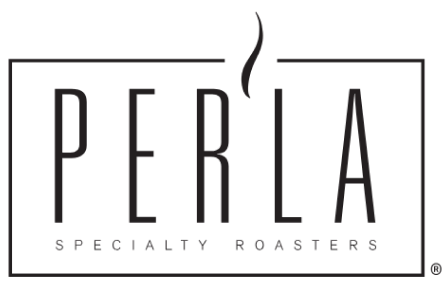Brewing coffee without bitterness involves several key factors to reduce over-extraction and off-flavors. Note that bitterness is a key presence in all coffees.
1. Coffee: First you’ll need to start with high-quality, freshly roasted, specialty-grade coffee. The coffee's freshness, origin, and roast level can affect its bitterness level. Lighter roasts tend to be less bitter than darker oily roasts. Coffees grown at higher altitudes tend to be less bitter than lower-grown coffees and fresh coffee tends to be less bitter than old stale coffee.
2. Grind Size: Make sure to use a consistent and appropriate grind size for your brewing method. Coarser grinds are less likely to over-extract and become bitter. Using a burr grinder will help with a consistent grind size and reduce the amount of fines in the grounds, reducing the possibility of over-extraction.
3. Water Temperature: Water that's too hot (above 205°F ) can over-extract the coffee, leading to increased bitterness. Use water with a temperature between 195-205°F. To avoid over-extraction.
4. Brewing Time: Pay attention to the brewing time. Over-brewing can lead to over extraction which can increase bitterness. Different methods have different optimal brewing times.
5. Proper Ratios: Ensure you're using the right coffee-to-water ratio for your chosen brewing method. A common starting point is 2 rounded tablespoons of coffee per 6 ounces of water. If you’re weighing your coffee start with a 1 to 15 ratio. (15 grams of water for every gram of coffee)
6. Clean Filtered Water: Use clean, filtered water to avoid any off-flavors that the water might have.
7. Technique: Practice makes perfect. Master your brewing technique. This includes evenly saturating the coffee grounds and avoiding too much agitation during brewing.
8. Taste and Adjust: Taste your coffee and adjust the factors above to find the right balance for your personal preference.
9. Storage: Store your coffee in an airtight container away from sunlight, oxygen and moisture. The best place is in the bag, placed in cuboard. Do not keep them in your fridge or freezer as that can cause moisture to get on the coffee through condensation.
10. Experiment: Don't be afraid to experiment with different roast, grind sizes, and brewing methods to find the perfect balance of flavor for your preference.





